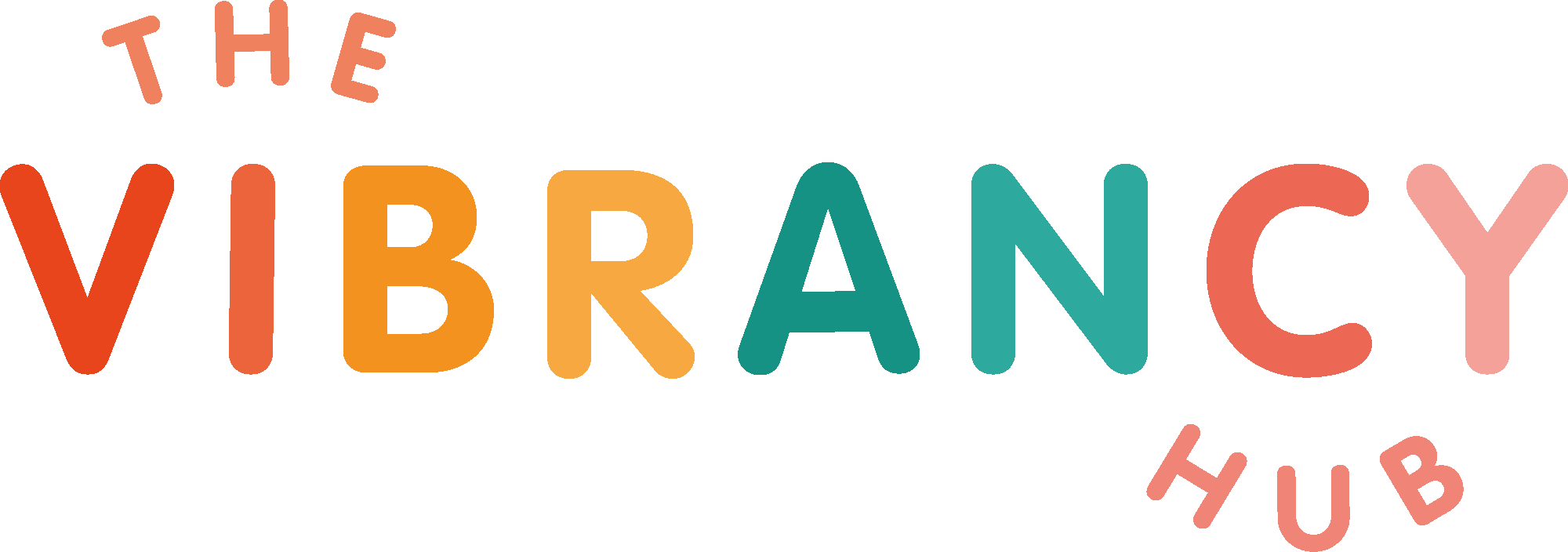Creating an effective professional development plan
The Professional Development Plan (PDP). What kind of emotions do those three little words instil within you? Confusion? What the heck is one of those? Dread? Uggghhhhh, I know I should have one of those but I just don’t have time. Frustration? Damn, my boss is hassling me to complete one but it feels like a complete waste of time? Fear? Oh crap, I had better get it done asap or I won’t get my bonus for the year?
At various points throughout my career, I have felt all of these emotions! For such a long time a professional development plan always just felt like something I had to do, a box I had to tick to keep my manager happy. I spent minutes cobbling together a completely meaningless document. Now I understand the value in this simple tool to facilitate real, desired professional growth.
What is a professional development plan and why is it important?
Ok…let’s take it back a step. What the heck is this elusive document and why do I need bother my little head with it amongst all of the other deliverables I have within my business life?
A professional development plan is tool to help you make your business aspirations a reality. It encourages you to think about the goals you wish to achieve in your business life and the necessary skills required to achieve these goals. The plan will then support you to take inspired action to move closer to these goals. No more drifting along and waiting for opportunities to present themselves to you…or not…as the case may be!
4 steps to creating a great professional development plan
Sitting down to even think about creating such a plan can seem pretty overwhelming but the process can be broken down into four very clear and simple steps. Each of these steps will require you to be honest and open but if you follow this process, you will have a development plan that will form the roadmap to a career that excites you.
STEP 1: Current state analysis - where are you now?
Before you identify where you want to get to, it is super important to obtain some self awareness around your strengths and skills at this point in time. The following questions will help you to assess your skill set in the context of your current role.
What is your current role and what are the skills required to perform it?
How are you performing in your current job?
What are the strengths that allow you to perform well in your current role? Are there any skills you feel like you could develop?
Are there any general skills you have that are not being utilised in your current role?
I would advise that you answer these questions yourself but also seek feedback from the people around you i.e. your manager, peers and other stakeholders.
STEP 2: Consider your career vision - where do you want to get to?
This is about getting you to stop and think about what you want. Getting off the hamster wheel of the daily grind and really thinking about the direction you would like to take your career. This is your time to dream big. Think about your working life in 10 / 20 years time: Where would you love to be working? What would you love to be doing? What kind of team would you like to be working in? Would you like to be working for yourself? Which of your skills will you be utilising?
The answers to these questions do not have to be clear cut but the questions should act as thought provokers, getting you think past your current role and organisation. Some of you may have a very clear vision of the exact role and organisation you would like to be working in in 20 / 30 years time. For others it may be a little bit more loose at this stage and based more around the skills that you want to utilise than a specific role. For example, you know you want to work within a finance team and you are excited about technology so; “I want to head up the finance team for a technology start up company, building my own team and leading them to create cutting edge reporting to monitor performance on entering new markets.”
It is so so important to remember that this plan is not set in stone; you will change, external factors will change, and in turn your goals will change. Be as clear with your vision as you possible can be but acknowledge that this plan can evolve over time as you gain more experience and obtain a clearer idea of your goals and aspirations.
STEP 3: Create a plan
Now that you have an idea of where you would like to get to and you understand your current strengths and skills, we have to start bridging the gap. Building on your existing skill set so you have all of the tools in your locker to take you to where you want to go. A really good way to identify the skills you will need to work on observing successful people in an industry / role / environment that is inline with your vision. What are the skills that they are demonstrating on a daily basis?So, let’s create this plan by breaking things down a little:
Key areas to develop - think of the key competencies that are required in your dream role / identified career path;
Specific skills to develop - really think about the exact skill that you need to develop;
Actions to be executed to develop these skills - this can incorporate a number of different types of activities e.g. formal CPD courses, a project at work to help develop a specific skill, people you could connect with to learn from, books / reading material etc; and
Timeframe - give yourself some time scales to work to but make them realistic ensuring that you consider your day-to-day deliverables.
e.g. Still to develop: Time management skills - specifically ensuring that I am spending the right amount of time on the right areas. Activities: Read The Effective Executive by Peter Drucker by the end of Q1, obtain a mentor (someone who is excellent at managing their time) by 31/1 and meet quarterly to discuss challenges and work through ideas for improvement.
e.g. Skill to develop: Improve presentational skills - specifically presenting marketing performance packs to senior leadership. Activities: Attend public speaking group to improve confidence and competence presenting to a large group - research potential groups and attend first meeting before end of Feb, volunteer to present our department’s results at the end of financial year wrap up (30th June)
STEP 4: Execute and continuously develop your plan
You have done the hard work so pleeeeeeeeease don’t fall down at the final hurdle. Below I have outlined a few tips to help you in the execution and continuous development of your plan:
Set time in your diary for professional development activities - if they are not in your diary, they will not get done!
Share your plan with someone and ask them to act as an accountability partner - they will hold you to account on achieving what you have outlined.
Obtain ongoing feedback from your manager, peers and other stakeholders. Communicate your development objectives with as many people and possible and ask them to provide adhoc feedback on how they feel you are growing and developing in line with the skills you have identified.
Review and reset - as aforementioned, now that you have a plan, it should be constantly evolving. Set time in your diary on an annual basis to review your plan and realign your goals and development activities where necessary.
Your professional development plan should be a living, breathing document that grows as you grow and supports you in achieving your business dreams so keep it handy and refers to it as often as you can. You don’t have to get it perfect, you just have to get it going!

